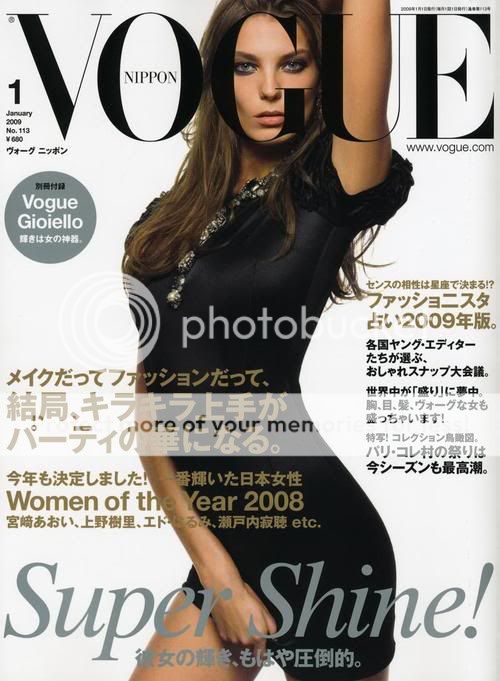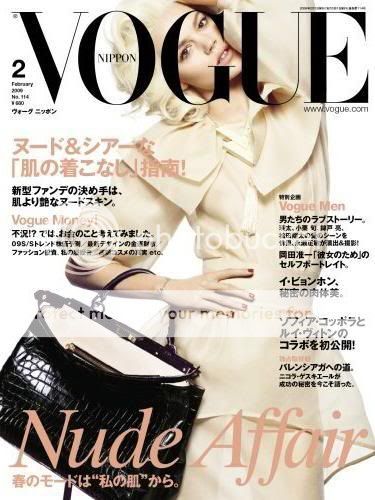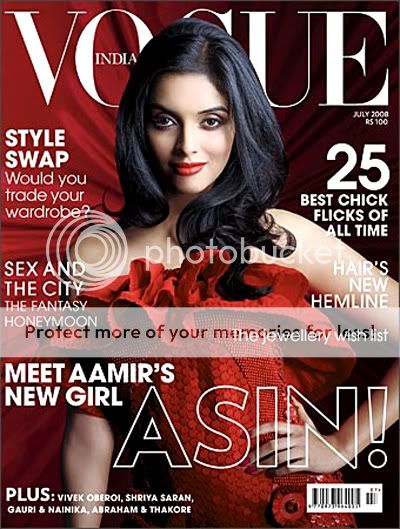I’ve mentioned before Matt Thorn’s great article about why characters in Japanese manga are not, in fact, meant to represent, or even to suggest, Westerners, despite those round eyes.
Japan, however, is not and never has been a European-dominated society. The Japanese are not Other within their own borders, and therefore drawn (or painted or sculpted) representations of, by and for Japanese do not, as a rule, include stereotyped racial markers. A circle with two dots for eyes and a line for a mouth is, by default, Japanese.
It should come as no surprise, then, that Japanese readers should have no trouble accepting the stylized characters in manga, with their small jaws, all but nonexistent noses, and famously enormous eyes as “Japanese.” Unless the characters are clearly identified as foreign, Japanese readers see them as Japanese, and it would never occur to most readers that they might be otherwise, regardless of whether non-Japanese observers think the characters look Japanese or not.
… the notion that the Japanese harbor an inferiority complex vis-a-vis the White West seems to me based on the largely unconscious assumption that non-Western peoples envy the West, and more specifically on the American fantasy that everyone in the world naturally wants to be American. Of course, the scholars and intellectuals who note such tendencies in Japan do not applaud it; on the contrary, they cluck their tongues and wring their hands and wish loudly that the Japanese would shun the temptations of the West and remain true to and proud of their heritage. But the eagerness with which they seek out evidence of a desire to be “white,” and the stubbornness with which they ignore evidence to the contrary, suggests to me that their apprehension of social reality is heavily filtered through an unintended ethnocentrism.
Matt points out, among other things, that the characters in the comic are stylized; they don’t look all that much like people of any ethnicity. Definitely read the whole thing if you haven’t already. I found it very convincing.
And yet….well, look at this:
That’s the cover of Japanese Vogue from January, purchased on ebay by my fashion-magazine-obsessed-significant other. Probably the first thing you’ll notice in the picture above is that the woman is clutching her crotch. After that, though, you might observe that she’s not Japanese. Furthermore:
All the covers from Japanese Vogue I found seem to feature Westerners. Most of the interior pictures do too.
(And for those wondering, no, all foreign issues of Vogue don’t feature Western models. Indian Vogue is mostly devoted to Bollywood, for example.)
Obviously, none of this refutes Matt’s argument about manga. And Japan (as my significant other pointed out) is something of a mecca for magazines; there are far more per capita than there are in the U.S., and the vast majority of them feature Japanese models. Maybe Vogue just uses Western models because it has overseas connections, and it helps it stand out on the shelves? Still, it’s hard not to conclude that there’s some suggestion here that the Japanese are taking beauty standards and beauty cues from Western models. It seems, anyway, a little more thoroughgoing than the Western fetishization of Asian women, which definitely exists, but probably wouldn’t be indulged quite so exclusively in an entire mainstream publication.
I don’t know. Anybody have other thoughts? Like maybe Bill, or somebody else who, unlike me, actually knows something about Japan?
Update: Pallas in comments points me to this fascinating link by W. David Marx about Japanese fashion magazines. Here’s part of what he says:
High-end fashion magazines, on the other hand, mostly feature clothing from European houses and luxury brands, pegging the center of legitimacy in the West. In order to ensure that the presentation harks back to the larger Eurocentric fashion world, magazines like Spur or Ginza — almost without exception — use non-Japanese and mostly Caucasian models. This prevents Japanese female readers from self-association, but that’s the point. Like the old Groucho Marx quote, “I don’t care to belong to any club that will have me as a member,” Japanese high-fashion fans do not want to see the clothes they desire on real-life Japanese people. There may be a tad bit of self-effacement in this sentiment, but it generally questions more elite Japanese consumers’ feelings about their own locale. The fantasy, therefore, requires a staff of non-Japanese models.
ViVi and Glamorous‘ overwhelming use of half-Japanese and three-quarters-Japanese models like Fujii Rina, Hasegawa Jun, and Iwahori Seri begs a more pointed question: what does race mean when it’s not a pure reflection of either here nor there? These magazines are not targeting some massive half-Japanese readership, nor do these models look foreign enough to recenter the magazine atmosphere outside of Japan.
Herein lies lingering issues of perceived racial inferiority. I’ve been told numerous times in Japan that “clothes look better on foreigners,” by which they mean “white or black people.” This is not objectively true (nor subjectively true, in my view), but editors have long used half-Japanese models on this principle to bridge the gap between Japanese self-association and cool “foreign” fashion. A half-Japanese model looks “foreign” enough to enhance the image of the clothing, but close enough to the reader to send a message of commonality. Things are changing, however. Male fashion magazine Popeye previously used only half-Japanese models but moved to more foreigners once readers voiced less need for racial similarity in considering the clothing.
So that would be at least a qualified vote for some level of “lingering issues of racial inferiority.” Though, again, that doesn’t mean that such lingering issues are reflected in manga iconography, necessarily.
Update 2: I just wanted to point out as well: Matt says that Japan “never has been a European dominated society.” That’s not true, if Europe includes America. Post-war Japan was absolutely American dominated. It was occupied; it’s government was restructured; cultural changes were handed down by fiat; etc. etc. Admittedly, that all took a relatively brief amount of time compared to the experience of a long-time colonial possession like, say, India. Still, it was pretty important, and had long-term consequences, both structural and, I would assume, psychological. To say that Japan was never under Western domination is not a supportable statement, I don’t think.
Update: And I’ve got a follow up post here






